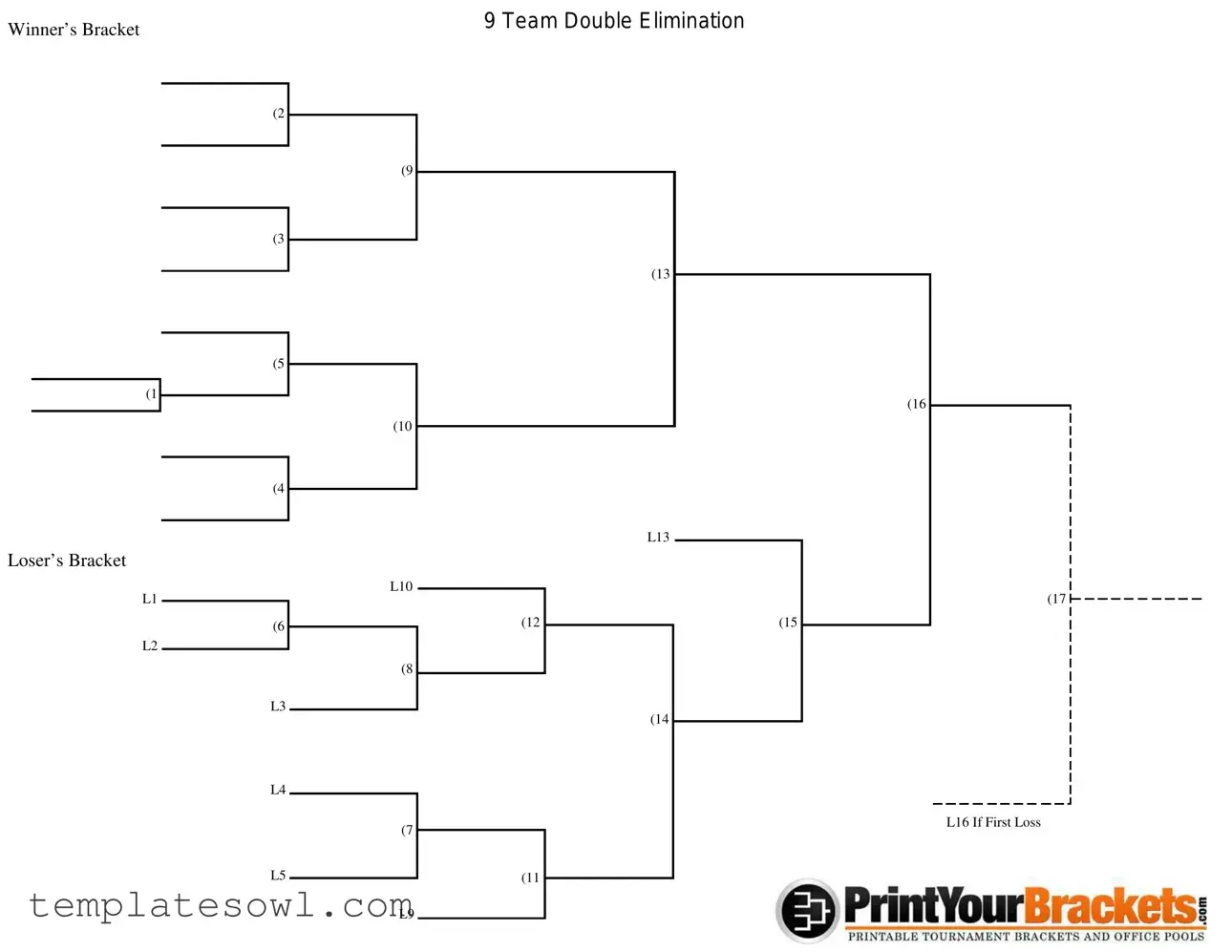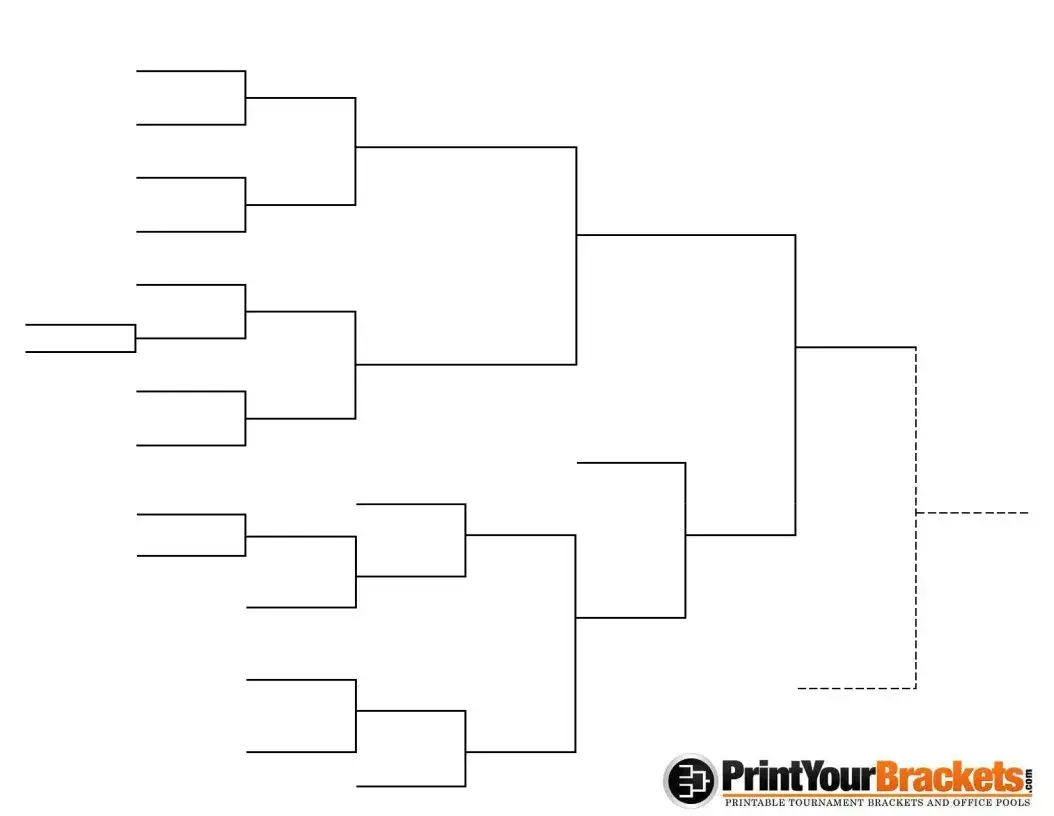What is a 9 Team Double Elimination Bracket?
A 9 Team Double Elimination Bracket is a tournament format that allows a team to lose one match and still have a chance to compete for the championship. In this setup, teams are placed in a "winner's bracket" and a "loser's bracket." Teams in the winner's bracket continue to play until they lose a match, while teams in the loser's bracket have to win every match to stay in the tournament.
How does the bracket structure work?
The bracket begins with all 9 teams placed in the tournament. The first round involves several matches where teams face off. Winners move up to the winner's bracket, while losers drop into the loser's bracket. This continues through multiple rounds. Teams that lose in the loser's bracket are eliminated, while those in the winner's bracket strive to reach the final championship match.
Can a team from the loser's bracket win the tournament?
Yes, a team from the loser's bracket can win the tournament. If a team loses their first match, they move into the loser's bracket and must win all subsequent matches. If they reach the final match, they will face the winner of the winner's bracket. However, to win the tournament, they must beat that team twice — once in the final match and then again, if the team from the winner's bracket was undefeated.
What happens if a team loses their first match?
If a team loses their first match, they drop to the loser's bracket. This means their path to the championship requires winning every match moving forward. It's essential for teams in this situation to regroup and prepare for their next matches, as losing again would eliminate them from the tournament.
How does seeding work in a double elimination tournament?
Seeding in a double elimination tournament is typically based on past performance or rankings. The strongest teams are often placed in positions that give them the best chance to advance. This helps create competitive matches and can affect matchups in the early rounds. Proper seeding can also ensure that teams do not face off against the same opponents in too many rounds, making the tournament more engaging.

